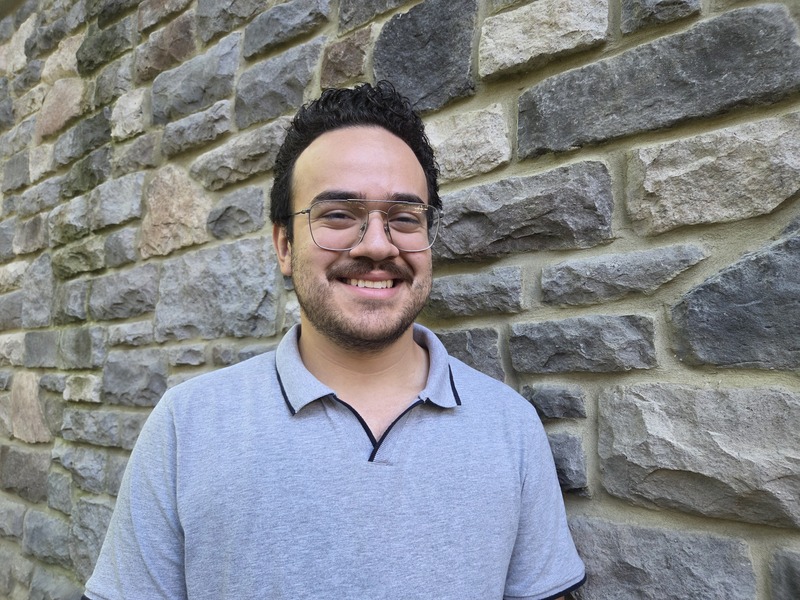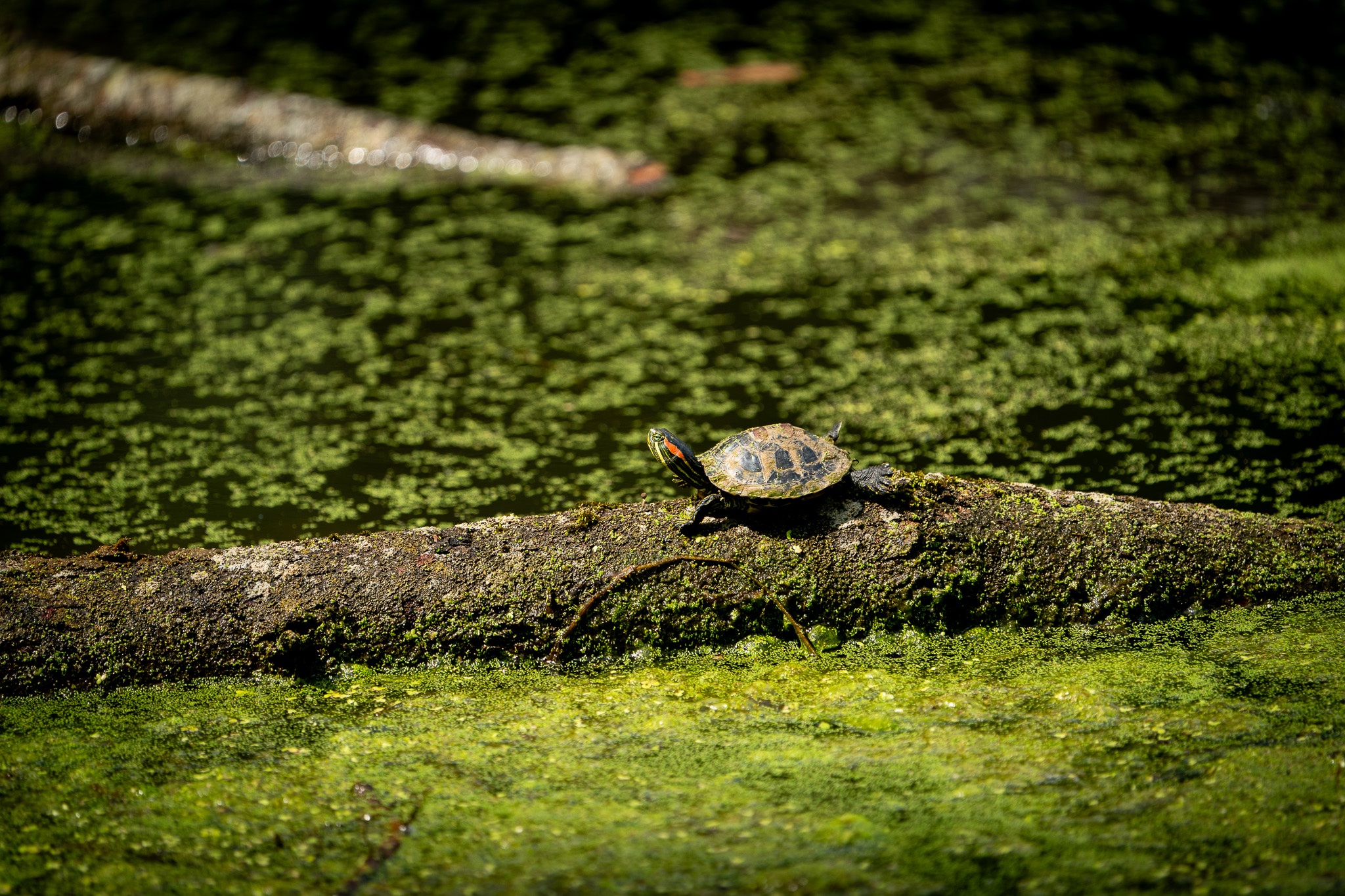Diego Henriquez is a junior at the University of Maryland (UMD) majoring in Environmental Science and Technology, with a concentration in Ecological Technology Design. He also has a minor in Data Science.
When I began my internship at Biohabitats in the beginning of June, I was at a crossroads in terms of what I wanted out of my last two years of university. Through classes about wetland and ecosystem restoration I learned that I wanted to seek a career in ecological restoration, taking a sharp turn from the wildlife heavy focus of my initial concentration—natural resource management—and towards one that involved more computational and GIS skills.
During the school year, I am involved in various extracurricular activities, but student government has transformed into my biggest commitment on campus besides my studies. I am extremely passionate about progressive politics, and how it intersects with environmental science and law. In between working as an undergraduate research assistant, gig-worker, and student activist, I was able to gain valuable experience and knowledge, but it didn’t compare to the opportunity of working on “real-life” projects and getting that professional experience of a post-college job.
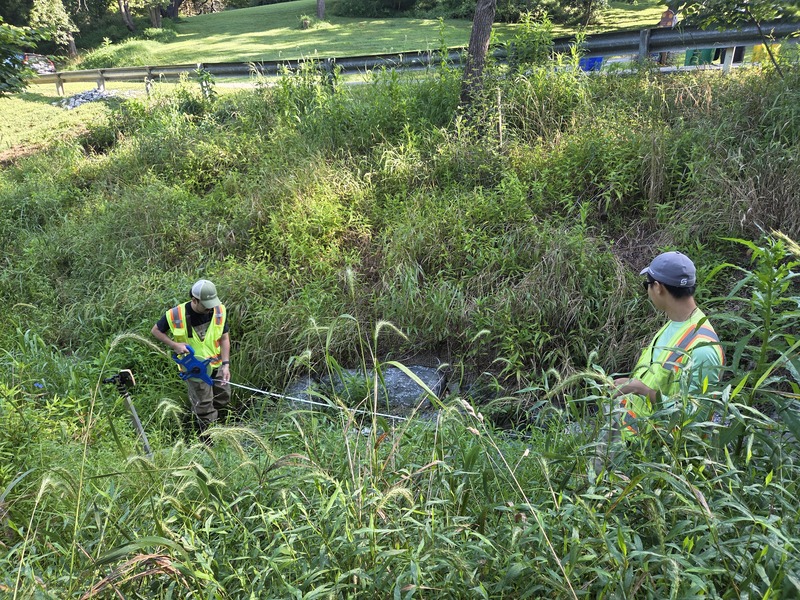
During the Biohabitats Interdisciplinary Internship, I got to get hands-on experience in so many of the topics I was only just learning about in class. It’s one thing to learn and study about wetland delineation but another thing to do it with the intent of gathering information for a future restoration project. But it wasn’t just wetland delineations, Biohabitats gave me the opportunity to learn how to do a tree survey, expand upon my meager plant and tree ID skills, inspect and monitor restored streams, set up and complete cross sections and long profiles of streams with a laser level, and so much more.
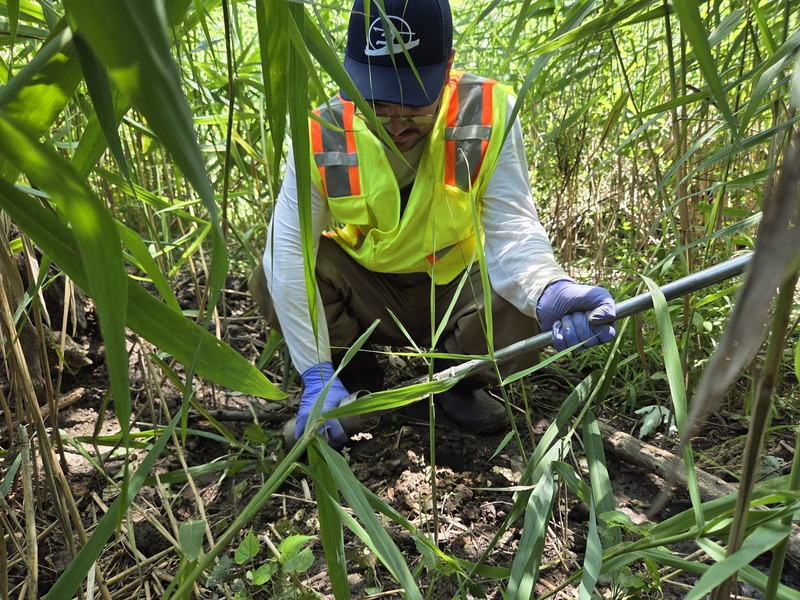
One of my favorite field days was when Tanaira and I went to Philadelphia to help overview the inspection of the recently restored FDR Park. I had never been to Philly before and was so excited to see and explore a previously unknown city. But more than the novelty of travel, it was incredibly engaging to see a large urban ecological restoration project functioning and providing all the ecosystems a wetland provides. It’s proof that restoration and public engagement aren’t mutually exclusive but deeply intertwined.
Besides fieldwork, there was another and very memorable aspect of my internship with Biohabitats, which was my independent research project. In my first week, I was introduced to the idea of Bioworks, an initiative spearheaded by Biohabitats in creating and exploring creative and innovative solutions to the world’s most pressing challenges. Specifically, I was tasked with investigating the feasibility for Modular Micro Forests (MMFs) using the Miyawaki method and hügelkultur—two techniques that had rarely, if ever, been combined in practice. My goal was to develop the idea of a scalable, mobile, and community-centered green infrastructure model that could bring native biodiversity and urban cooling to underserved neighborhoods in Baltimore. I conducted a literature review, mapped impervious surfaces, urban heat islands, and social vulnerability across the city using ArcGIS, and identified neighborhoods that could benefit from these installations. This project pushed me to think creatively and critically. But through it all, I discovered the kind of problem-solving I want to do in my career: creative, system-level thinking that helps restore not just ecosystems, but communities and the people that live in them.
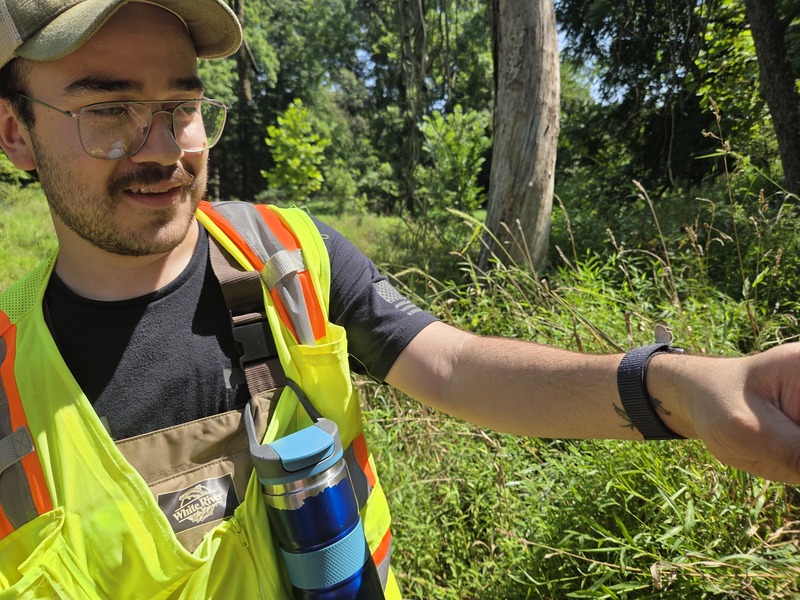
My time at Biohabitats has been a vital part of my mid-Bachelor’s reappraisal and what I want to do with my professional career moving forward. It wasn’t an easy decision to switch my concentration right before the beginning of my second-to-last year at UMD, but this experience made the choice feel right. Every field day, research, and data processing tasks helped me build the image of a career at the intersection of ecological design, justice, and restoration. I don’t just want to study ecosystems—I want to repair and heal them. I want to help communities feel the impact of that repair, especially in places that have been long denied green space. It is for that reason that I am overwhelmingly thankful to Biohabitats for having helped guide me in that direction as I walk into my final years of undergrad.
